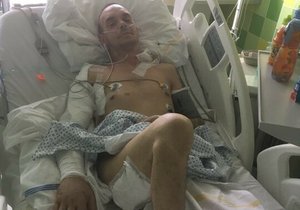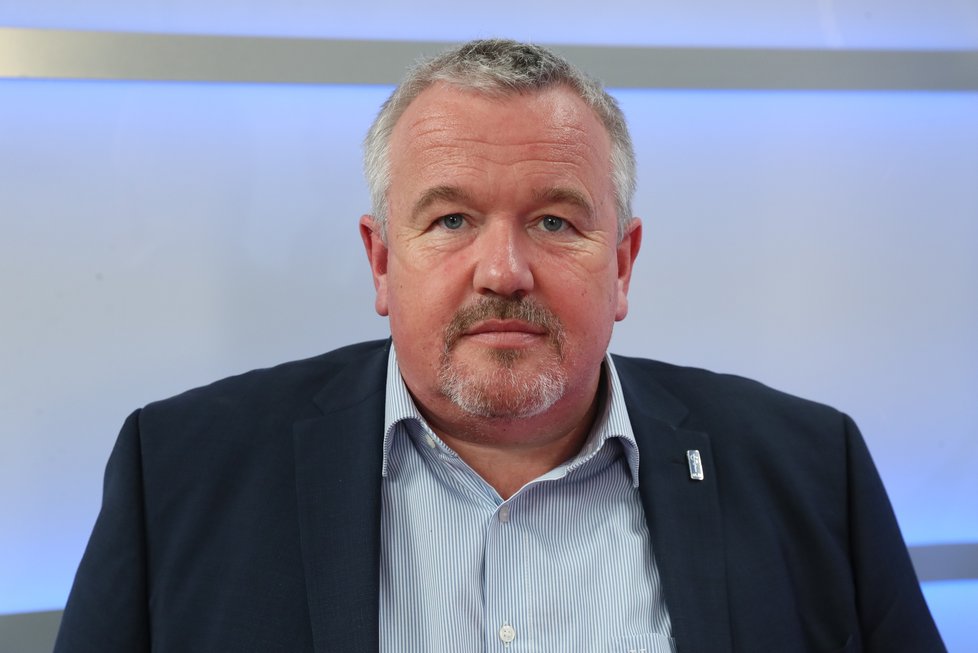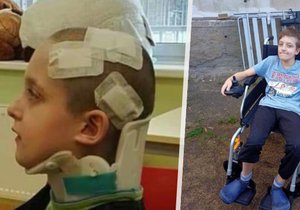To catch patients at risk of bone thinning in general practitioners’ offices before they have their first fractures – that is the goal of the Population Program for Early Detection of Osteoporosis, which started in the Czech Republic last April. Thousands of patients have participated so far. In addition, the number of surgeries where people can undergo a specialized bone examination continues to increase. Experts will address the topic at the 18th primary care congress, which starts on March 22 in Prague.
The patients are not warned
“Osteoporosis is one of the most common metabolic diseases and mainly affects older people. It causes fractures even with minimal stimulation. But it is symptomless, so it does not warn patients in advance. That’s why early diagnosis is very important,” describes MUDr. Petr Šonka, chairman of the Association of General Practitioners.
In the Czech Republic, every second woman and every fifth man over the age of 50 suffer an osteoporotic fracture. “People at risk of osteoporosis need to be caught as soon as possible, because the consequences of their fractures can be serious and increase the risk of death. In our country, 31% of patients die within one year after a fracture of the neck of the femur. However, at-risk patients often have to wait a long time for an examination, as specialist doctors’ offices are overcrowded.” adds MUDr. Ham.

Prevention in practice
The problem with the insufficient capacity of bone metabolism specialists – osteologists – is being solved by the Population Program for Early Detection of Osteoporosis. Thanks to it, even trained general practitioners and gynecologists have been able to perform bone examinations for almost a year. Patients in the risk group first undergo an interview and fill out a diagnostic questionnaire as part of their two-year preventive examinations.
“It applies to women one year after menopause up to the age of 59 and men from 65-69. Doctors will assess their risk of osteoporosis, and if it is high, patients will then undergo densitometry – a detailed examination of the bones,” specifies MUDr. Šonka and adds that women over 60 and men over 70 are already entitled to an examination with a densitometer during all preventive examinations.

MD Petr Šonka, chairman of the Association of General Practitioners
Author: blesk.cz
Before the start of the early detection program, about 100 densitometers were available in the Czech Republic, which is approximately half compared to the standard of European Union countries. One of the goals of the population program is to double the densitometer network by 2026. “Given how quickly they are increasing, I think it will be done this year,” says MUDr. Šonka, which uses a densitometer as well. According to him, the ideal situation will occur when at least one such device is available for every 50,000 inhabitants.
Densitometers are currently lacking mainly in the regions; in larger cities, for example in Prague and Brno, there are already enough of them. “It is important to catch patients in a less severe stage of osteoporosis in time, as well as to demonstrate this disease in case of suspicion,” adds MUDr. Ivo Procházka, member of the committee of the Association of General Practitioners.

The gynecologist will also issue the application
He started offering densitometer examinations to patients at the beginning of this year and has performed about 250 of them so far. “Once we know the results, we educate patients about the risks they face. We will also explain to them what their lifestyle and eating habits should look like and recommend appropriate therapy. With all this, we try to prevent the unpleasant fractures that osteoporosis causes. Their treatment is demanding, lengthy and painful. In many cases, moreover, with permanent and life-threatening consequences,” says MUDr. Walk.
If the general practitioner does not have a densitometer in the office, he should issue a request form for the measurement of bone density during preventive examinations to all patients who are entitled to this type of examination. “A gynecologist can also issue a request. I recommend to all patients that they ask their doctor about performing this examination during regular examinations and consult with him about where to undergo densitometry.” adds MUDr. Ham.
From January 1 this year, general practitioners can also treat patients with osteoporosis in their offices. “High-risk patients and complicated cases are still treated by specialist osteologists. But we can take care of the others. We will give the patients appropriate treatment and set a date for control densitometry, which is important both from the point of view of the effect of the therapy and as a psychological encouragement of the patient.” concludes MUDr. Walk.


Osteoporosis is one of the most common metabolic diseases and mainly affects the elderly. It causes fractures even with minimal stimulation. But it is symptomless, so it does not warn patients in advance. Therefore, early diagnosis is very important
Autor: Profimedia

![[헬스&에너지+] Patients suffering from osteoporosis, beware of falls on icy roads in winter [헬스&에너지+] Patients suffering from osteoporosis, beware of falls on icy roads in winter](https://i1.wp.com/www.ekn.kr/mnt/file/202401/2024012101001157400058551.jpg?w=150&resize=150,150&ssl=1)





